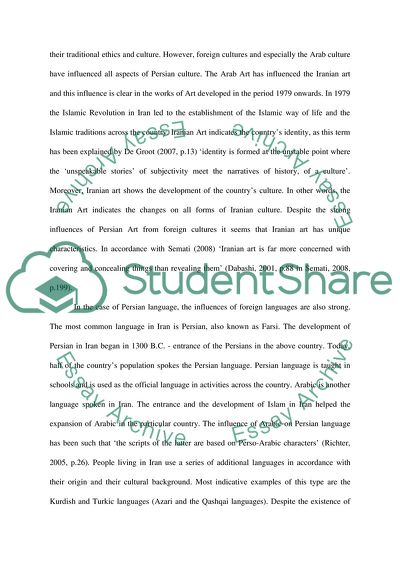Cite this document
(Culture Awarness for Iran Research Paper Example | Topics and Well Written Essays - 1750 words, n.d.)
Culture Awarness for Iran Research Paper Example | Topics and Well Written Essays - 1750 words. Retrieved from https://studentshare.org/culture/1738858-culture-awarness-for-iran
Culture Awarness for Iran Research Paper Example | Topics and Well Written Essays - 1750 words. Retrieved from https://studentshare.org/culture/1738858-culture-awarness-for-iran
(Culture Awarness for Iran Research Paper Example | Topics and Well Written Essays - 1750 Words)
Culture Awarness for Iran Research Paper Example | Topics and Well Written Essays - 1750 Words. https://studentshare.org/culture/1738858-culture-awarness-for-iran.
Culture Awarness for Iran Research Paper Example | Topics and Well Written Essays - 1750 Words. https://studentshare.org/culture/1738858-culture-awarness-for-iran.
“Culture Awarness for Iran Research Paper Example | Topics and Well Written Essays - 1750 Words”, n.d. https://studentshare.org/culture/1738858-culture-awarness-for-iran.


